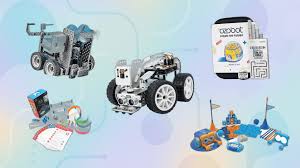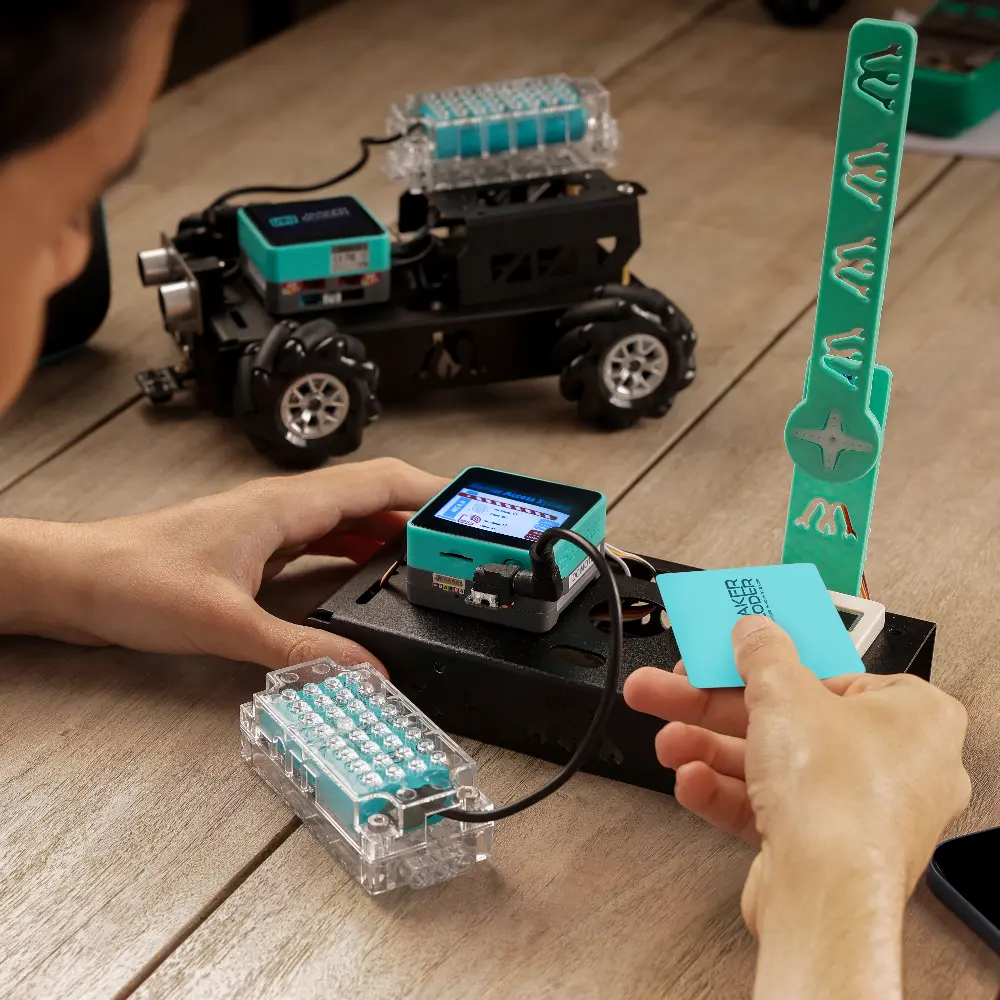Have you ever wondered how robots come to life from simple parts and wires? The world of robotics might seem complex, but it often begins with a simpl
Have you ever wondered how robots come to life from simple parts and wires? The world of robotics might seem complex, but it often begins with a simple robotics kit.
These kits provide a hands-on way for beginners to understand how machines move and think. With the right guidance, anyone can create something remarkable.
Robotics isn’t only for engineers—it’s a gateway for curious minds, problem solvers, and creators. By following this guide, you’ll gain the confidence and know-how to build and program your first robot.
What Is a Robotics Kit?
A robotics kit is a set of components designed to teach mechanical and programming principles. It usually includes parts that can be assembled to create a working robot.
Students, hobbyists, and curious learners can use these kits to learn by doing. They provide essential knowledge of both hardware and software, helping beginners understand automation, control systems, and modern engineering.
Key Components in a Robotics Kit
Most kits include:
- A controller board (the robot’s brain)
- Motors, wheels, and sensors
- Wires and connectors for communication
- Battery packs and chassis
- Optional extras like cameras or infrared sensors
Each component plays an important role, teaching basics of mechanics, circuitry, and robotics logic.
Choosing the Right Robotics Kit
Select a kit based on your age, interest, and skill level:
- Beginners: Simple kits with pre-drilled parts and basic coding
- Intermediate: Open-source coding platforms for more freedom
- Competition-focused: FTC kits for educational challenges
Check reviews and tutorials to ensure the kit has good support and includes all necessary tools.
Setting Up Your Workspace
Prepare a clean, well-lit workspace with tools like screwdrivers and pliers within reach.
- Keep screws and small parts organized
- Follow safety instructions
- Use proper ventilation if soldering
A focused, safe environment makes building easier and more enjoyable.
Step-by-Step Assembly
- Gather all parts before starting
- Attach motors to the chassis carefully
- Install sensors and connect wiring to the controller
- Double-check all connections before powering on
Following instructions carefully ensures a stable, functional robot ready for programming.
Learning Basic Programming
Programming gives your robot intelligence. Most kits use beginner-friendly languages like Scratch, Python, or C++.
- Write commands to move, turn, or detect obstacles
- Use preloaded examples for faster learning
- Learn logic, loops, and sensor integration
Programming turns theory into practical problem-solving skills.
Testing and Troubleshooting
After assembly and programming:
- Test in a safe open area
- Check wires, battery levels, and code for errors
- Make small adjustments to improve performance
Troubleshooting sharpens patience, accuracy, and problem-solving skills.
Expanding Your Robotics Kit Skills
Enhance your robot with:
- Additional sensors, arms, or wheels
- Collaborative projects with multiple robots
Upgrades encourage creativity, experimentation, and advanced engineering understanding.
Learning Through Community Support
Join robotics clubs or online forums:
- Share tips, code snippets, and solutions
- Participate in competitions and group projects
- Gain motivation and confidence from community support
Collaborating with others helps you learn faster and see robotics from multiple perspectives.
Conclusion: Begin Your Robotics Journey
A robotics kit makes learning fun, hands-on, and educational.
- Build, code, and experiment with robots
- Develop curiosity, patience, and accuracy
- Explore real-world engineering principles
With practice, building robots becomes both an enjoyable hobby and a foundation for advanced learning in robotics and technology.



COMMENTS